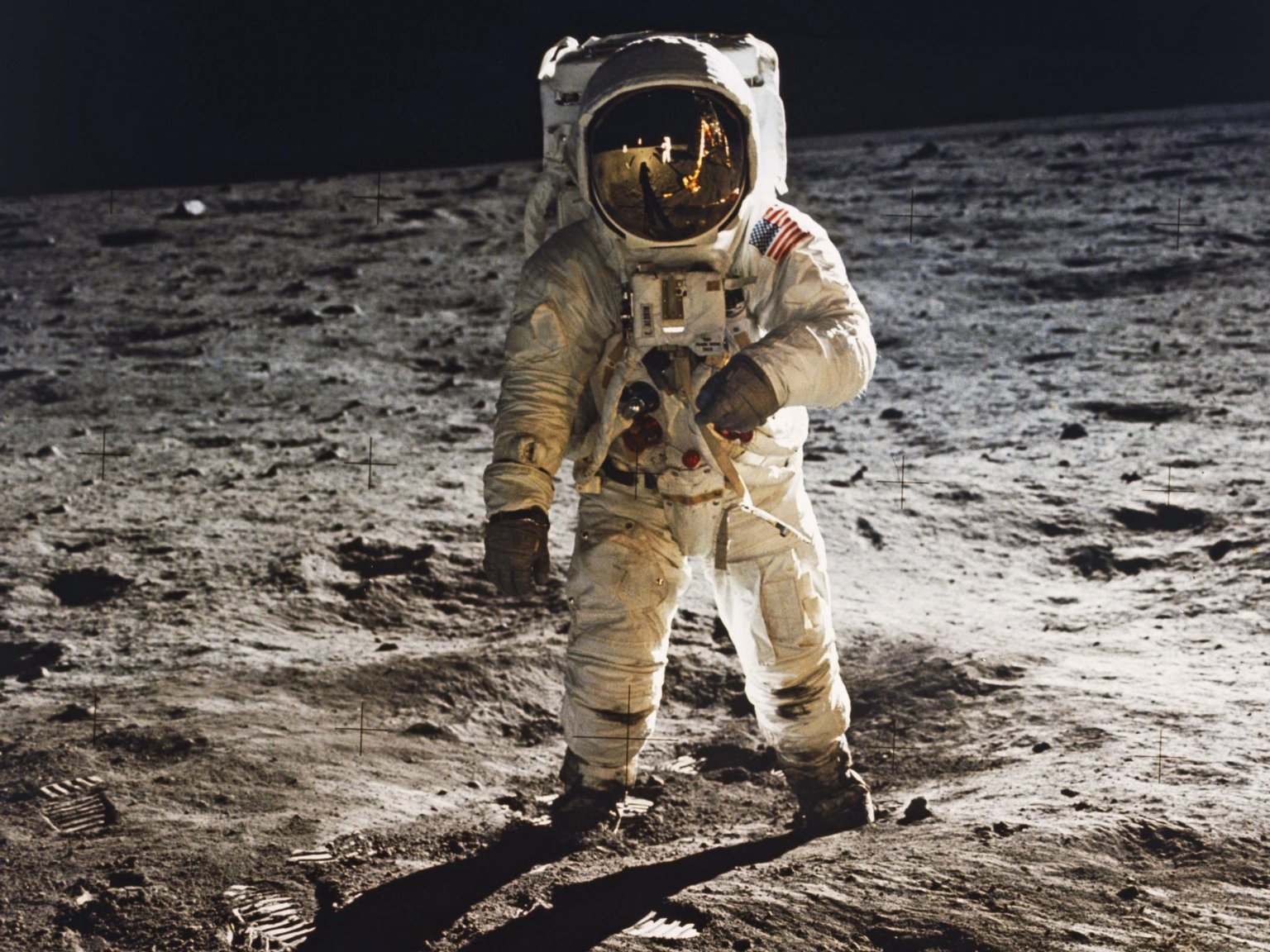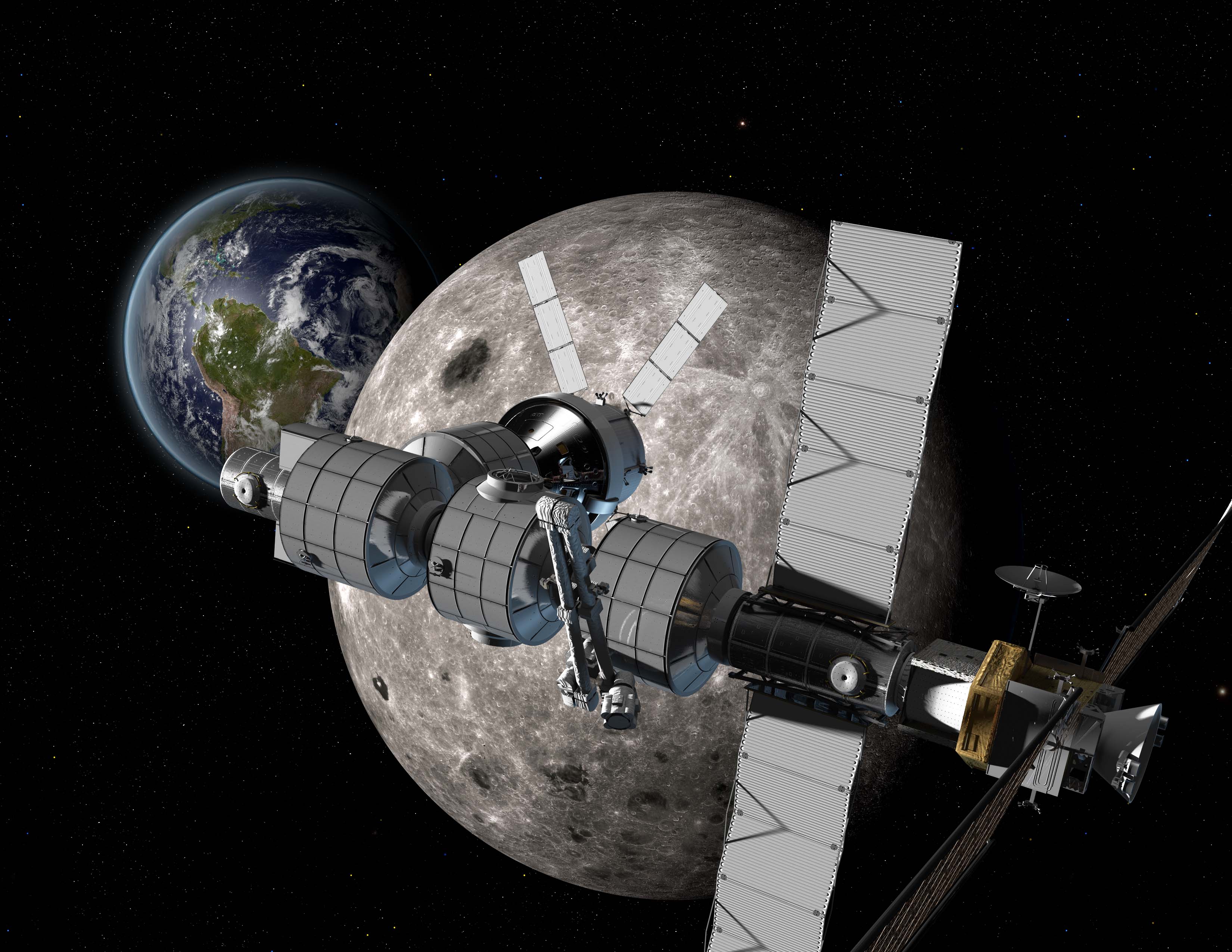Introduction
Since its establishment in 1958, NASA (National Aeronautics and Space Administration) has been at the forefront of space exploration. From landing the first humans on the Moon in 1969 to planning future missions beyond Earth, NASA has continually pushed the boundaries of human knowledge and capability. The agency's current lunar ambitions, particularly through the Artemis program, signal a renewed commitment to Moon exploration and beyond. This article delves deep into NASA's space missions, with a special focus on its lunar exploration efforts, the Artemis program, the Lunar Gateway, and the role of private companies like SpaceX and Blue Origin.
A Brief History of NASA’s Lunar Exploration
The Apollo Era (1961-1972)
The Apollo program was NASA’s first major initiative to send humans to the Moon. It was launched in response to the Soviet Union’s advancements in space and was a crucial part of the Cold War-era Space Race. The landmark Apollo 11 mission in 1969 saw Neil Armstrong and Buzz Aldrin become the first humans to walk on the lunar surface, uttering the iconic words, “That’s one small step for man, one giant leap for mankind.”
Following Apollo 11, five more manned missions successfully landed on the Moon, with Apollo 17 in 1972 marking the last crewed lunar visit. The scientific discoveries from these missions provided invaluable data about the Moon’s surface, geology, and potential for future human exploration.
Post-Apollo Lunar Missions
After Apollo, NASA shifted its focus to space stations, interplanetary exploration, and deep-space probes. The Shuttle program (1981-2011) and the construction of the International Space Station (ISS) were significant achievements, but lunar exploration was put on hold for decades. However, as technology improved and interest in human spaceflight increased, NASA began planning a return to the Moon.
NASA’s Artemis Program: A New Dawn for Lunar Exploration
 |
| Information collected from -NASA's Artemis Moon Missions |
The Artemis program, named after the twin sister of Apollo in Greek mythology, aims to return humans to the Moon for the first time since 1972. With a target landing in 2026, Artemis is designed to establish a sustainable human presence on the Moon and serve as a stepping stone for future Mars missions.
Key Goals of Artemis
Landing the First Woman and the Next Man on the Moon: Artemis aims to ensure that space exploration is inclusive and diverse.
Sustainable Lunar Exploration: Unlike Apollo, Artemis seeks to establish long-term operations on the Moon.
Technological Advancements: NASA is developing new space suits, habitats, and exploration vehicles for prolonged Moon missions.
Mars Preparation: The Moon will serve as a testing ground for technologies required for human Mars exploration.
Artemis Mission Timeline
Artemis I (2022 - Completed): An uncrewed test flight of the Space Launch System (SLS) and Orion spacecraft around the Moon.
Artemis II (2025 - Planned): The first crewed mission to orbit the Moon but not land.
Artemis III (2026 - Planned): A crewed lunar landing at the Moon’s South Pole.
Future Artemis missions will focus on constructing a lunar base, known as the Artemis Base Camp, to support long-term human habitation.
The Lunar Gateway: A Space Station Around the Moon
In addition to landing astronauts on the Moon, NASA is working on the Lunar Gateway, a small space station that will orbit the Moon. The Gateway will serve as:
A staging point for astronauts traveling to and from the lunar surface.
A research hub for lunar and deep-space science.
A testbed for Mars mission technologies.
The Gateway is being developed in partnership with international space agencies, including the European Space Agency (ESA), Canadian Space Agency (CSA), and Japan Aerospace Exploration Agency (JAXA).
The Role of Private Companies in Space Exploration
While NASA leads the Artemis program, private space companies like SpaceX and Blue Origin are playing a crucial role in modern lunar exploration.
SpaceX’s Contributions
Starship Lunar Lander: SpaceX has been contracted to develop the lunar lander for Artemis III.
Reusable Rockets: SpaceX’s Falcon 9 and Starship aim to reduce space travel costs, making lunar missions more sustainable.
Blue Origin’s Involvement
Blue Moon Lander: Blue Origin is developing a cargo and crew lander for future lunar missions.
NASA Partnerships: The company is working with NASA on lunar infrastructure, including habitats and transportation.
Challenges of Lunar Exploration
Despite technological advancements, returning to the Moon presents several challenges:
Radiation Exposure: Space radiation poses a significant risk to astronauts during long-duration missions.
Lunar Dust: The fine, abrasive dust on the Moon can damage equipment and pose health risks.
Communication Delays: Unlike the ISS, which is close to Earth, the Moon’s distance creates communication delays.
Sustainable Life Support: Developing efficient life support systems for prolonged lunar stays is essential.
The Future of Moon Exploration and Beyond
NASA’s long-term vision goes beyond the Moon. The Moon to Mars initiative aims to use the lunar surface as a testing ground for Mars missions. With the advancements in space technology and international collaboration, the dream of human settlement on Mars could become a reality in the coming decades.
Conclusion
NASA’s Artemis program and the Lunar Gateway represent the next chapter in human space exploration. By working with private companies and international partners, NASA is building a sustainable lunar presence that will pave the way for interplanetary exploration. As humanity stands on the brink of a new era of space exploration, the Moon is just the beginning of our journey to the stars.



